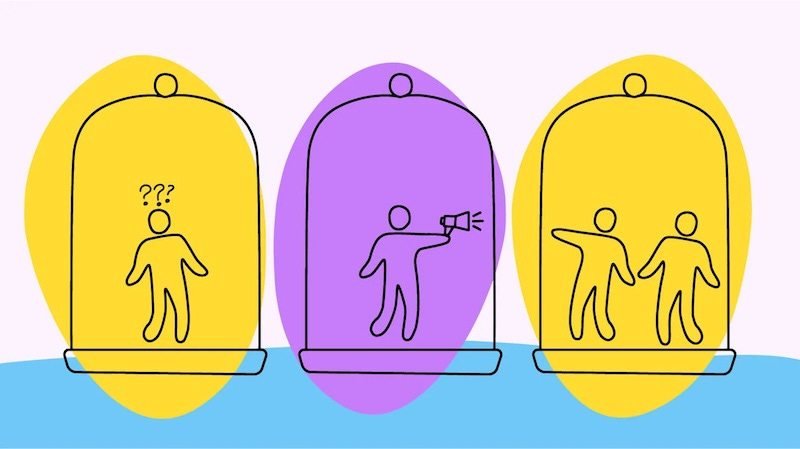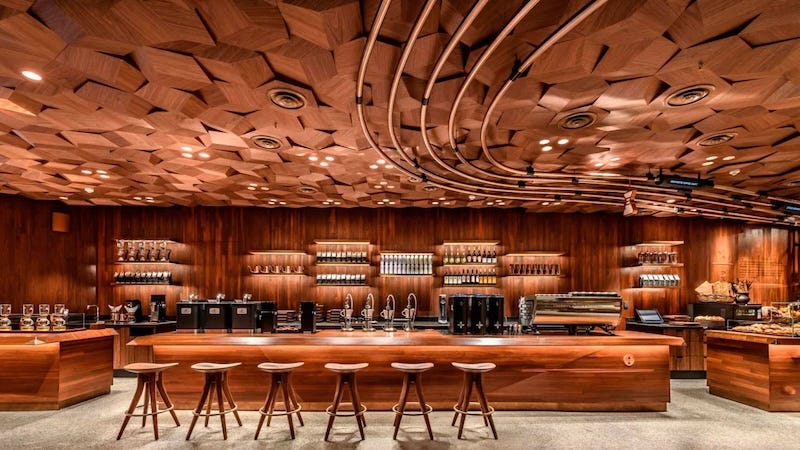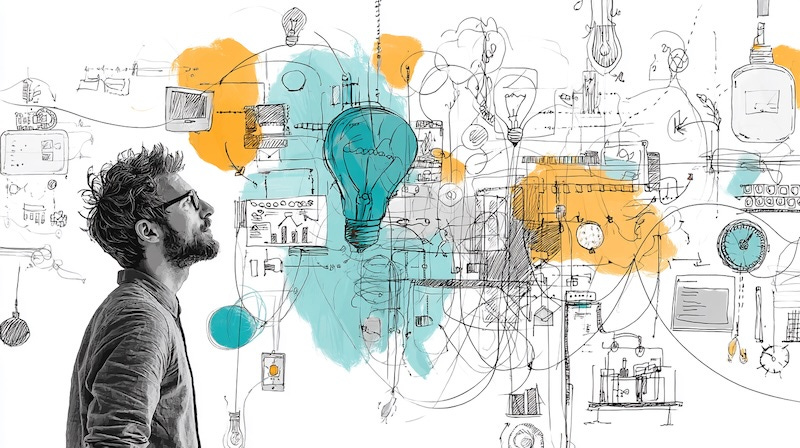324. Environmental Psychology
Your physical surroundings will influence your thoughts and behaviors. So if you want a productive team, you better understand environmental psychology.
This is The Best Leadership Newsletter Ever, the most fun way to learn life’s leadership lessons.
Join the community to get access to monthly roundtables, exclusive webinars, free coaching, member-only Slack discussions and much more!
If you place blue lights in prominent locations around a city, it will reduce crime.
It’s true.
If you put benches in a lunchroom, it will increase the chance that people will talk to one another.
Also true.
Natural light will make you happier. A cluttered desk will increase your stress. And people are more likely to engage in conversation when there is circular seating.
What I’m trying to tell you - and doing a fairly horrendous job at it - is that sometimes leadership is more than just communication, strategy, and kumbaya moments. Sometimes it’s also about the furniture.
Environmental Psychology
Whether you know it or not, your physical surroundings will influence people’s thoughts and behaviors.
Sometimes it happens in subtle ways, like how people behave differently when the leader’s door is open vs closed.
Sometimes it’s far less subtle. For instance, if you put a round table in the conference room, it will lead to more balanced conversation than a rectangular table.
The study of this is called environmental psychology, and I completely should’ve majored in that when I was in college. Instead, I majored in Abnormal Psychology, which I suppose is why I’m a leadership coach. No offense to the abnormal leaders out there. Or the normal ones, for that matter.
The important thing to know is that workspace design is not something you should push off to the summer intern with a flippant “do whatever you want, I really don’t care” type of attitude.
If you’re a leader, you need to care. If you’re an employee, you especially need to care.
If you don’t care about how the office is designed, then you don’t care about interdepartmental communication, you don’t care about productive employees, and you definitely don’t care about building a company that people want to work at.
Have I made you feel guilty yet?
The Backwards Approach To Environmental Psychology
One thing that I often see while I’m at companies doing my team coaching work is an environmental design that encourages one type of behavior and a leadership team that is annoyed when people act that way.
Let me be completely clear: if your departments are physically separated from each other, you will create a siloed mentality, whether you want to or not.
What I’m trying to tell you, and again doing a crappy job, is that it's important to first determine the behavior you want, and then ensure you design a space that supports it.
Starbucks is the master of this.
The Environmental Psychology Of Starbucks
The goal of Starbucks is to be “the third place”. There’s home, there’s work, and then there’s the third place… Starbucks.
To achieve their vision, the Starbucks designers needed to create a welcoming environment in every store. They needed to have people feel “at home” the moment they walked in.
This is why most Starbucks locations have comfortable seating and warm lighting - it helps create a relaxing and inviting atmosphere. It’s why they have free wifi and soft music to encourage you to stick around and hang out awhile. It’s also why they greet you with a smile and call out your name when your order is ready, to make you feel like people know you and you belong.
Due to this environment:
People stay longer in Starbucks, because it’s cozy
People speak softly in Starbucks, because it’s designed for lower volumes
People treat Starbucks like a workplace because they make it easy to
And people feel independent yet connected in Starbucks, because that’s how they designed the seating
When it comes to influencing human psychology with environmental design, Starbucks is your MasterClass.
Environmental Psychology Inspires Productivity
If you want happy employees who like being at work (and I’m assuming you do), then you want to make sure your people feel empowered.
People are more productive and more creative when they feel that they have control.
Having control, as it relates to the workspace, means being able to influence your environment. There are four elements that fall into this bucket.
1. Layout
People can feel like they have control when they are in a closed space that allows them to influence their own office environment. But the feeling of control can also be achieved in open spaces, by giving people the ability to work from whatever desk location they want.
Each version of control will impact communication, so be mindful of your decision.
2. Noise and light
Productivity and mood are impacted by noise and light. The more control you can give your employees over those factors, the happier they will be.
3. Cleanliness and order
Disorder leads to distress. If you want a focused and high-performing team, keep the office space clean and simple.
4. Access to nature
Vitamin D helps things grow - including your positive attitude. Natural light grows happiness. Having plants, light, and windows will lead to improved mental health among your employees.
What You Should Do With All This Info About Environmental Psychology
You don’t need to be a therapist or an architect to influence how people behave. You just need to be aware of what kind of space you’ve built for your team, your meetings, and your culture.
Regardless of whether you’ve got a work-from-home habit or an office-led organization, there are a few things worth doing right now. Here they are:
Make note of the behavior you want. I’m serious. Pull out a pen and paper, write it down and document it.
Audit your space. Make note of the lighting, layout, noise and comfort level. How much does it encourage the behavior you want?
Redesign the space to better promote the desired behaviors.
Want more collaboration? Put chairs in a circle. Add whiteboards. Buy benches. Create ad hoc gathering spaces.
Want increased focus? Scrap the open floor plan. Reduce noise levels. Reduce visual distractions.
Want more leadership development? Put junior folks in rooms with more senior leaders. You’ll be amazed at what happens.
Want better digital engagement? Create Slack channels for hangouts and fun conversations. Make sure everyone is always on video when on Zoom. Encourage the use of gifs and emojis to express yourself.
My Final Thought About Environmental Psychology
It’s not just what you say that matters—it’s where you say it and what that space looks like.
If you’re not getting the behavior you want from your employees, you don’t necessarily need to change your team. You might just need to move the furniture.
How good is your company culture?
Take the free assessment
Join the community to get access to monthly roundtables, exclusive webinars, free coaching, member-only Slack discussions and much more!
Subscribe to The Best Leadership Podcast Ever
YouTube
Apple
Spotify
or your favorite podcast player.









This is awesome! Wish I’d read it years ago, but when I think about spaces I’ve loved — in stores, homes, offices, anywhere—your principles make perfect sense. Sharing on LinkedIn, for sure.
This is great! And not just for businesses but for those working from home. While the impact may not be as great (fewer people) the quality work can be greatly improved! The sink full of dishes can be such a distraction! As someone who deeply appreciates an inviting and calm environment, I really loved this post! 💙